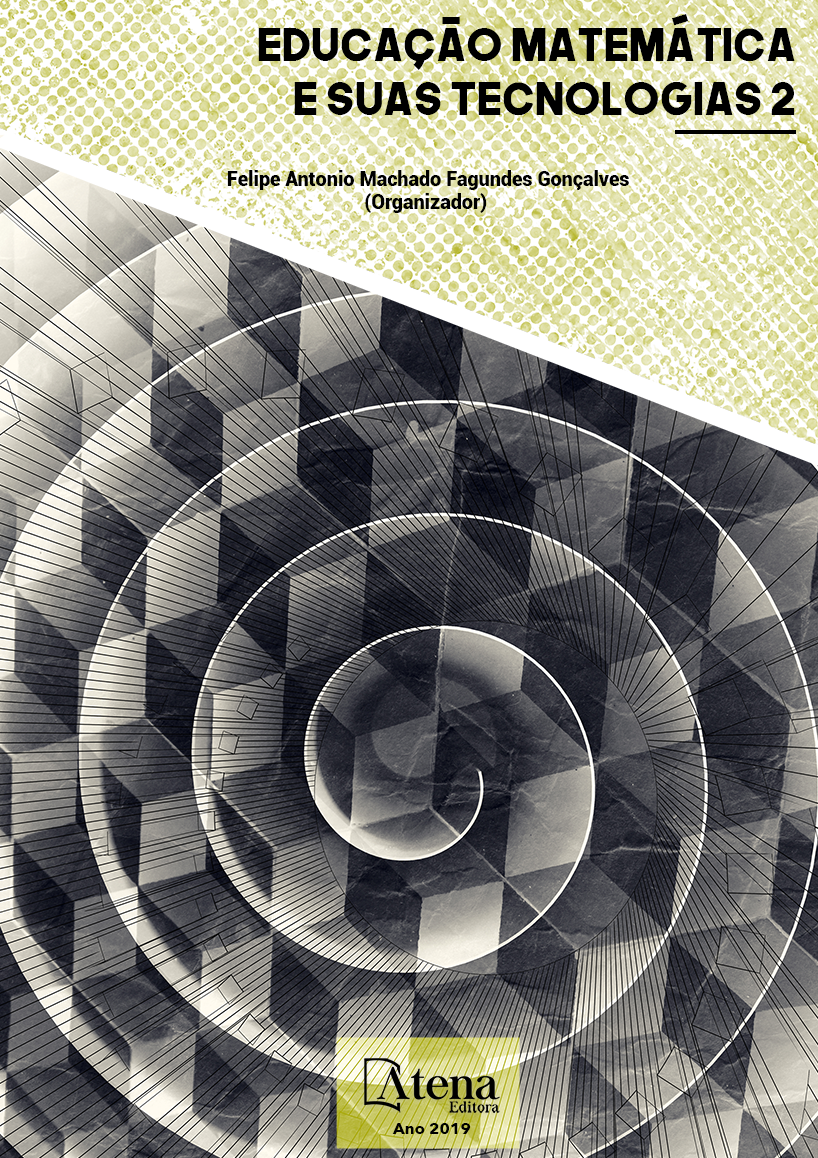
DEFLEXÃO EM VIGAS DE CONCRETO ARMADO SOLUÇÃO ANALÍTICA E NUMÉRICA VIA MÉTODO DAS DIFERENÇAS FINITAS
Neste artigo, apresenta a dedução
matemática e encontra a solução analítica e
numérica da equação diferencial ordinária linear
de segunda ordem, com condições de contorno
do tipo Dirichlet-Dirichlet, que descreve um
arranjo estrutural viga-pilar utilizado na
Engenharia Civil. Como estudo de caso, obtémse
a equação diferencial da linha elástica
de uma viga biapoiada com carregamento
distribuído. A priori, foi encontrado a solução
analítica desta equação e implementou-se um
programa em MATLAB, em que, calculou a
solução numérica, com base no Método das
Diferenças Finitas, aplicando o Método de
Decomposição em LU para resolver o sistema
de equações lineares. Por fim, para validação
dos resultados numéricos, os mesmos foram
comparados com a solução analítica.
DEFLEXÃO EM VIGAS DE CONCRETO ARMADO SOLUÇÃO ANALÍTICA E NUMÉRICA VIA MÉTODO DAS DIFERENÇAS FINITAS
-
DOI: 10.22533/at.ed.4841924055
-
Palavras-chave: Linha elástica; Análise Estática; Euler-Bernoulli.
-
Keywords: Elastic line, Static analysis, Euler-Bernoulli.
-
Abstract:
In this paper, he presents the
mathematical deduction and finds the numerical
and analytical solution of the second order
linear differential equation, with Dirichlet-
Dirichlet boundary conditions, which describes
a structural beam-pillar arrangement used in
Civil Engineering. As a case study, we obtain
the differential equation of the elastic line of a
biapoiada beam with distributed load. A priori,
the analytical solution of this equation was found
and a MATLAB program was implemented, in
which the numerical solution was calculated
based on the Finite Differences Method,
applying the Decomposition Method in LU to
solve the system of linear equations. Finally, for
validation of the numerical results, they were
compared with the analytical solution.
-
Número de páginas: 15
- Adilandri Mércio Lobeiro
- Jeferson Rafael Bueno
- Thiago José Sepulveda da Silva
- Mariana Coelho Portilho Bernardi


